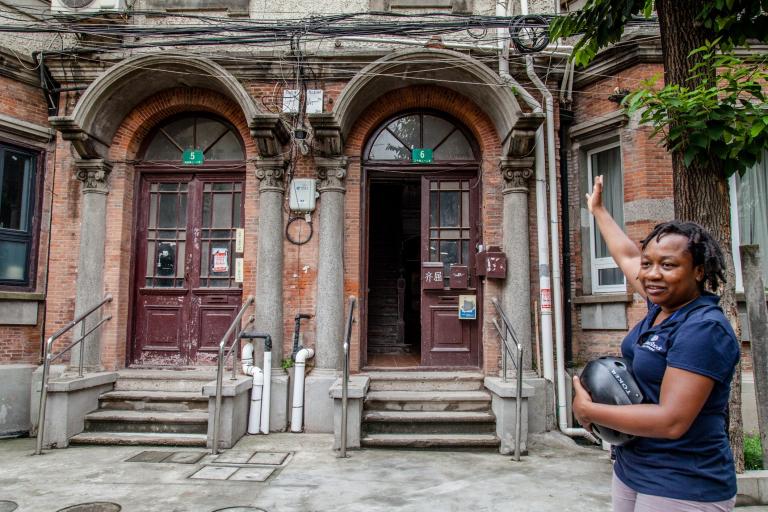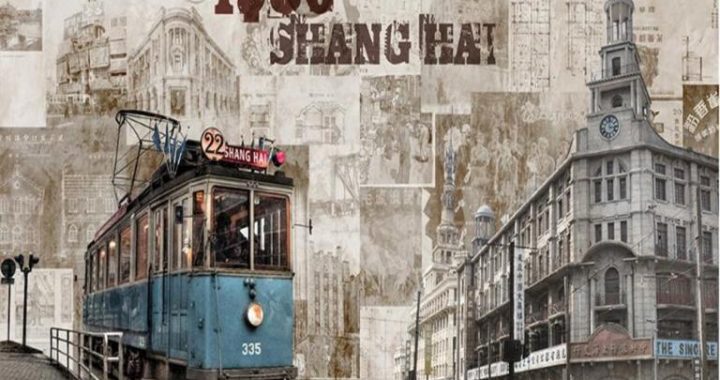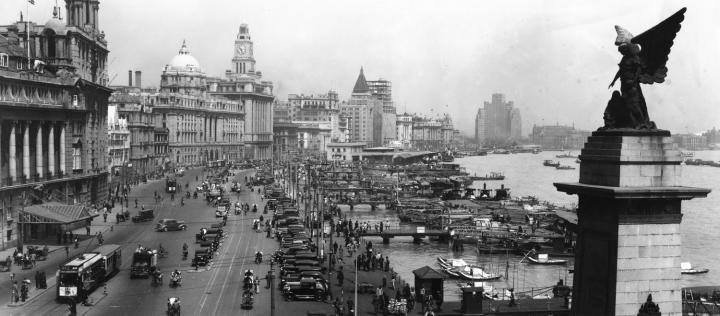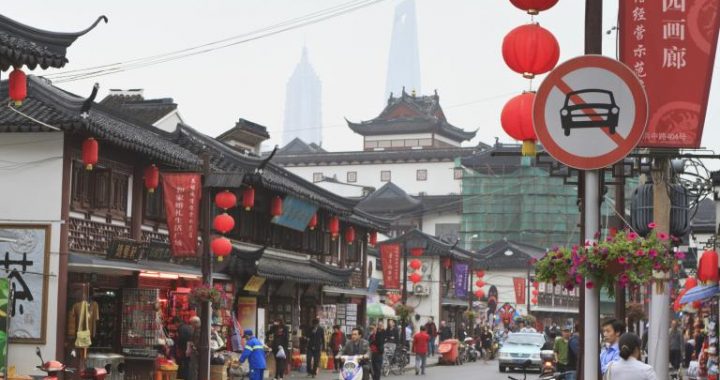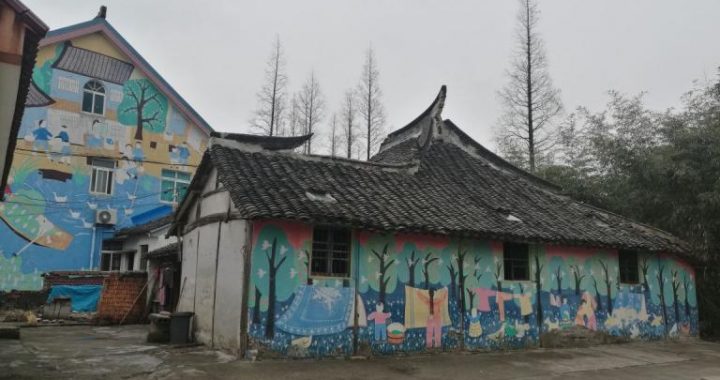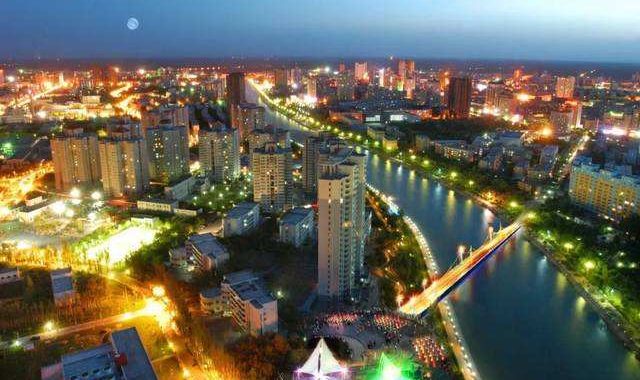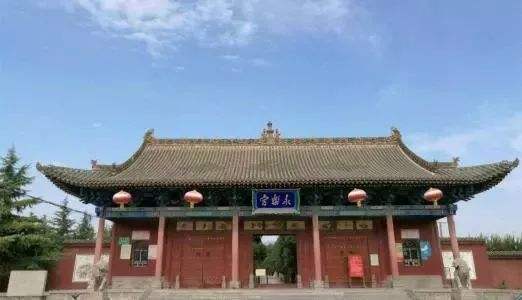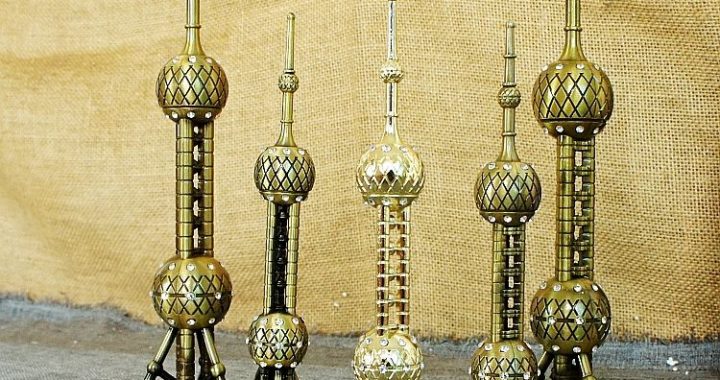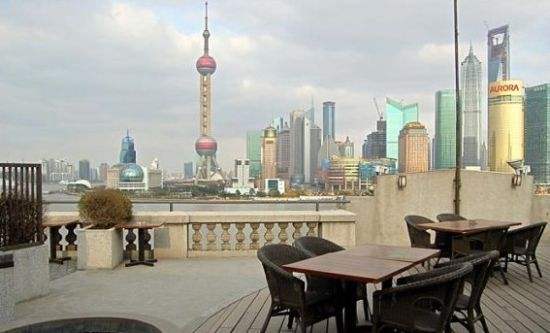Shikumen and the Customs of the Alleys
5 min readShikumen is a type of residential architecture that came into being with the urbanization of Shanghai Over the years, these buildings have served as the major accommodation for most Shanghai residents Shikumen architecture was first introduced into Shanghai in the 1850s and1860s. This was a type of building that used less land, smaller quantities of building materials and less money. It usually consisted of three rooms upstairs and three rooms downstairs.
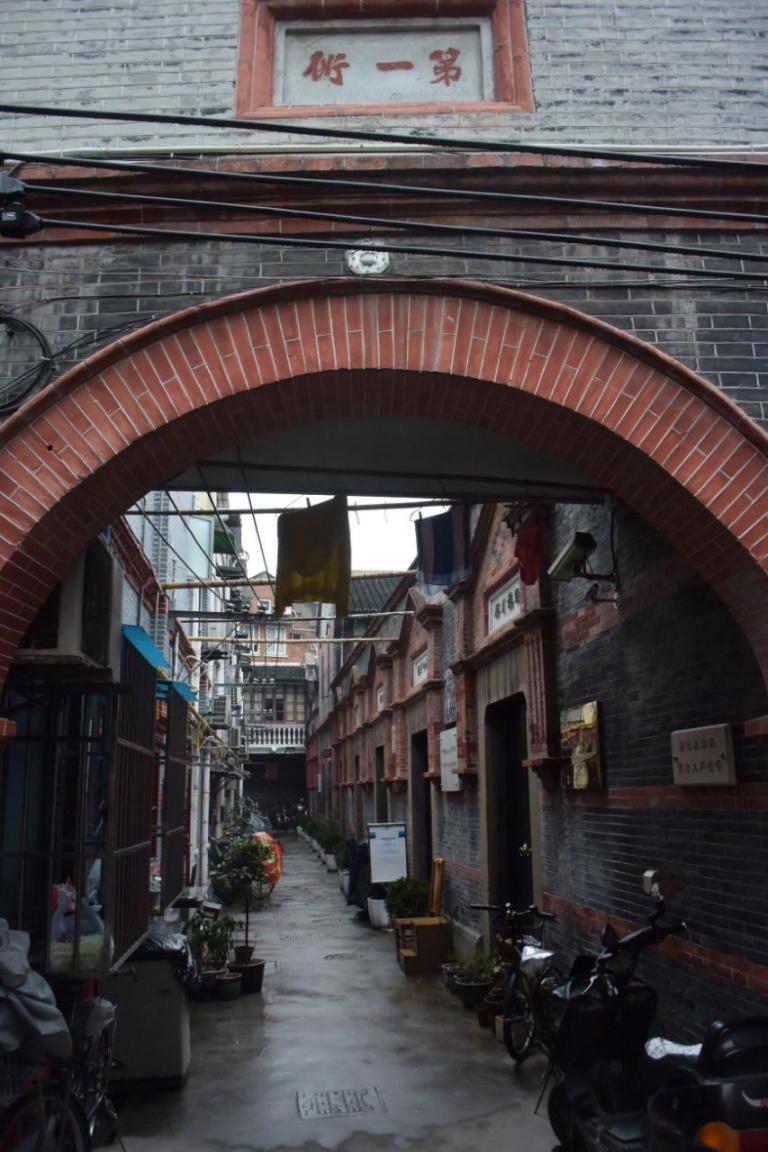
The middle room downstairs served as a living room, and the same layout was applied upstairs. Smaller-scale Shikumen buildings were later constructed, with two rooms upstairs and two rooms downstairs; or even smaller: with one room upstairs and one room downstairs The door of a shikumen building was made of thick black wood framed with slates of granite or red stone from Ningbo, Zhejiang Province, hence the name Shikumen, or literally Stone Warehouse Gate. Later, to cater to the needs of the rich middle class, new-style Shikumen housing appeared: the high walls and black gates were removed; bathrooms and gas stoves equipped; and the small yard turned into a garden-known to people as Renovated Shikumen Owing to high rents, a Shikumen building usually housed about six or seven amilies, and sometimes, incredibly, more than a dozen.
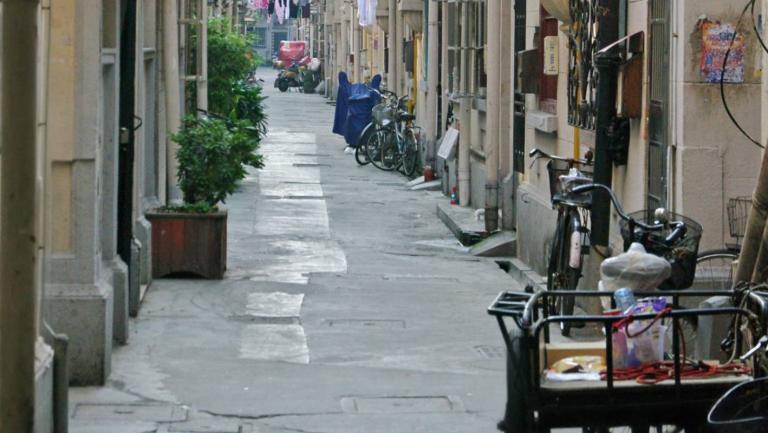
The residents usually came from different places across China, to engage in a variety of occupations, and with different lifestyles and interests but all lived under the same roof. thus forming unique scenes of interest. Under the roof of shanghai, a classic play written by contemporary playwright Xia Yan(1900-1995), vividly describes the tragicomedy of a group of ordinary people living in a Shikumen building in east Shanghai in the 1930sOn the second floor of a Shikumen building,there was a room called”pavilionor more exactly garret.It was usually situated above the kitchen,about ten square meters in size.The garret,being denied access to the sun all year round was cold in winter and hot in summer.The rent for it was cheap,usually four silver dollars a month The renters varied from office clerks to industrial workers,shop apprentices,college students,senior-high-school students freelancers,artists,playwrights,and musicians.Sometimes,a few writers shared one such garret.In the 1920s,many well-known writers like Lu Xun(1881-1936),Mao Dun(1896-1981)and Ba Jin(1904-2005),and artists like Xu Beihong(1895-1953)and Liu Haisu(1896-1994),once lived and worked in the Shikumen buildings,and some of them even in garrets Shikumen buildings standing side by side then formed alleys,or lilong or longtang in Shanghai dialect.The width of the alleys ranged from the widest offour meters to the narrowest of less than three meters The alleys witnessed theeveryday life of ordinary Shanghai people,who ate in the alley,washed clothes in the alley,cleaned vegetables in the alley,as well as emptied their night-stools in the alley.
In summer,every household put a dining table out in the alley,with the family sitting around it to have dinner.In the evening,many people would place reclining wooden chairs or bamboo couches at the entrance to the alley, and cool them off with water before sitting down and enjoying the evening breeze.One characteristic of alley life was opennessIn the alley, family life was closely related to social life, without much privacy. what a family ate, how much clothing a family had what financial situation a family was in, or what relatives a family had was all known to everyone living in the alley. some peoplesay that the open-mindedness of the shanghai people may have derived from the lack of privacy in the alleys There were many small shops in alleys, andmore at entrances to the alleys, including clothing shops, rice shops, the butchers, the tailor’s. and the barber’s. There were also vendors who walked through the alleys to sell snacks from morning till late into the night, their cries echoing through the alleys This is similar to Beijing. But snacks sold in the Shanghai alleys were all southern-style Snacks, such as steaming wonton soup, ham zongzi (sticky rice wrapped in reed leaves)sweet rice porridge with lotus seeds, ice cream, and deep-fried fermented dried tofuWhen people living on a second floor heard the hawking of vendors, they would tie a rope to a bamboo basket in which they had placed a small pot and money.
They would drop it down through the window, and within minutes the vendor would put steamin wonton soup, or zongzi, in the pot. Vendors and residents were quite familiar with each other and would not have to talk to know what the customers wanted Although ordinary Shanghai people lived in the alleys, they also maintained close relationships with the outside world and felt the influence of Western modernity -especially people from the middle class and intellectuals. Writersfrequented foreign-language bookstores, where they could get the newest books from Western countries. Ye lingfeng(1905-1975), a contemporary writer, recalled the day he saw in a bookstore Ulysses by James Joyce(1882-1941), published by the shakespeare Co. Bookshop in Paris. Excited, he paid 70cents for this book, which was worth 10 us dollars This story reveals how intellectuals in Shanghai were closely linked to the outside world. Although they lived in Shikumen buildings, their thoughts and tastes were deeply influenced by western culture At the end of the 20th century and the beginning of the 2 1st century, there appeared in Shanghai a famous entertainment resort named Xintiandi, renovated from the Shikumen alleys. The paths and the exterior walls still use black bricks However, the furnishings inside are in a modern style, and cafes, restaurantsmusic bars, fashion outlets, and movie theaters all congregate here.
Tourists are often deeply impressed by the elegance and modernity, calm and vitality of the place. “The aged feel nostalgic, the young feel fashionable, foreign visitors feel very Chinese, and Chinese people see it as western style is howsome people sum up the style of the resort. Others claim it as the”Fishermans Wharf of China. So it would be apt to say that this entertainment resort is a true demonstration of Shanghai peoples genius, combining modernity and tradition to create things both original and fashionable Shanghai is Chinas most fashionable, dynamic city, a cosmopolis whose lamour lies more than anything else in its openness, its leading role in new things and trends and its omniscient vitalityGraditional costumes.
